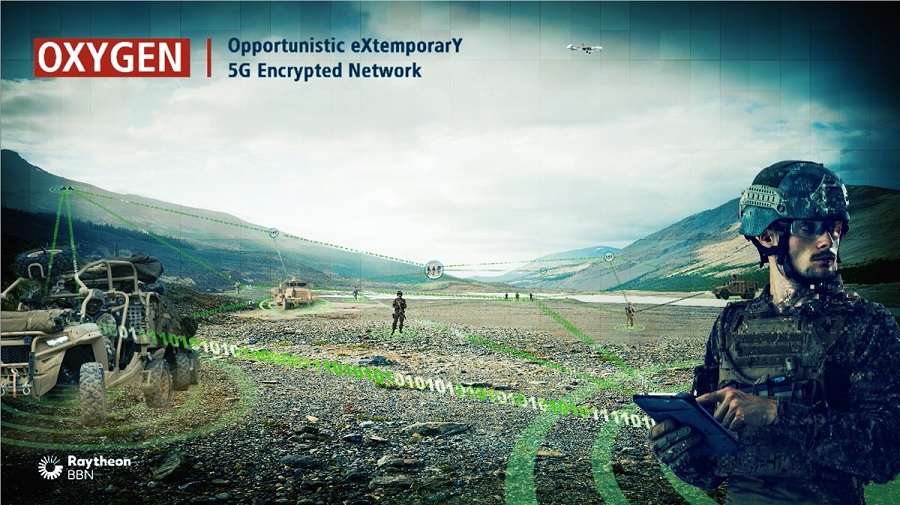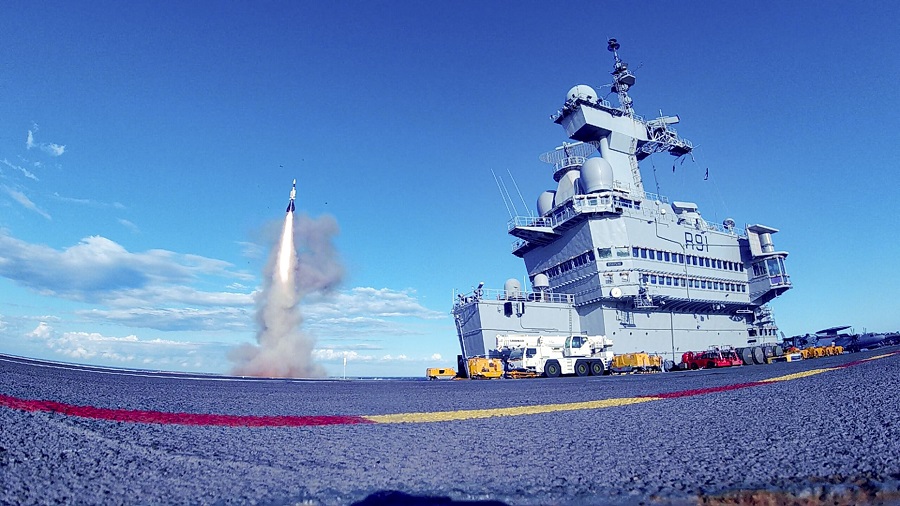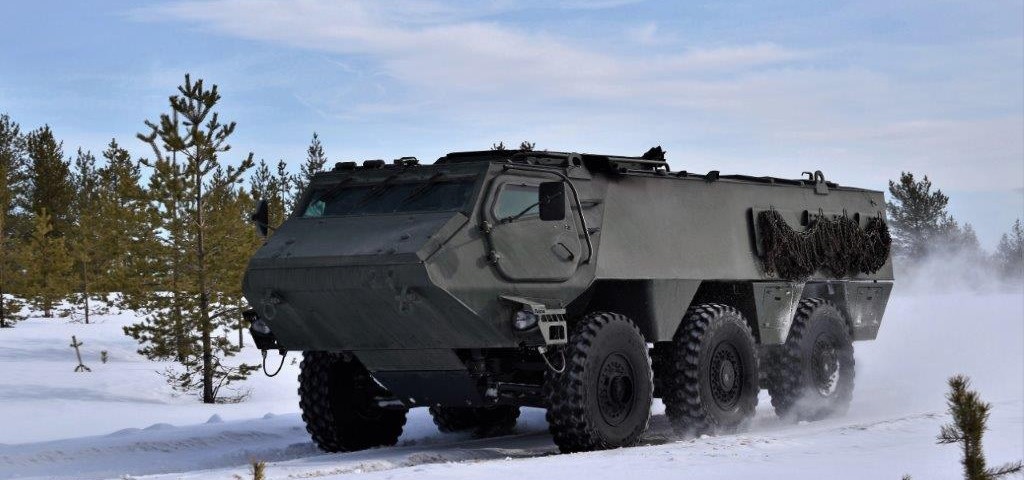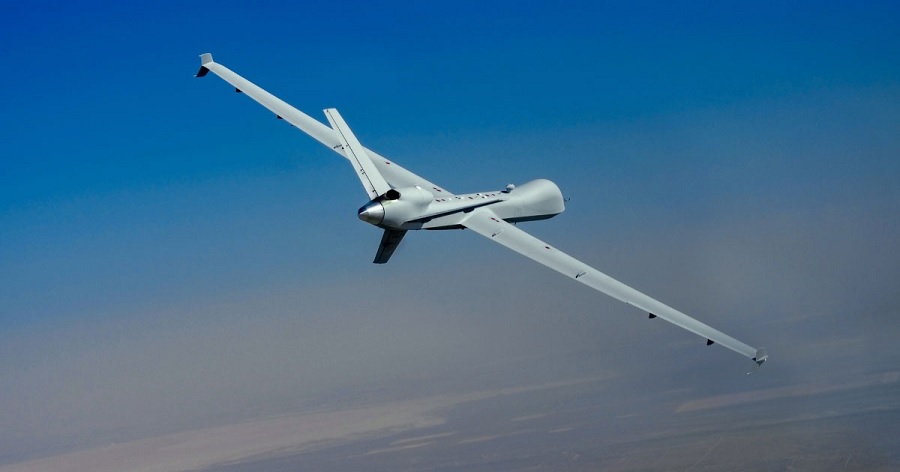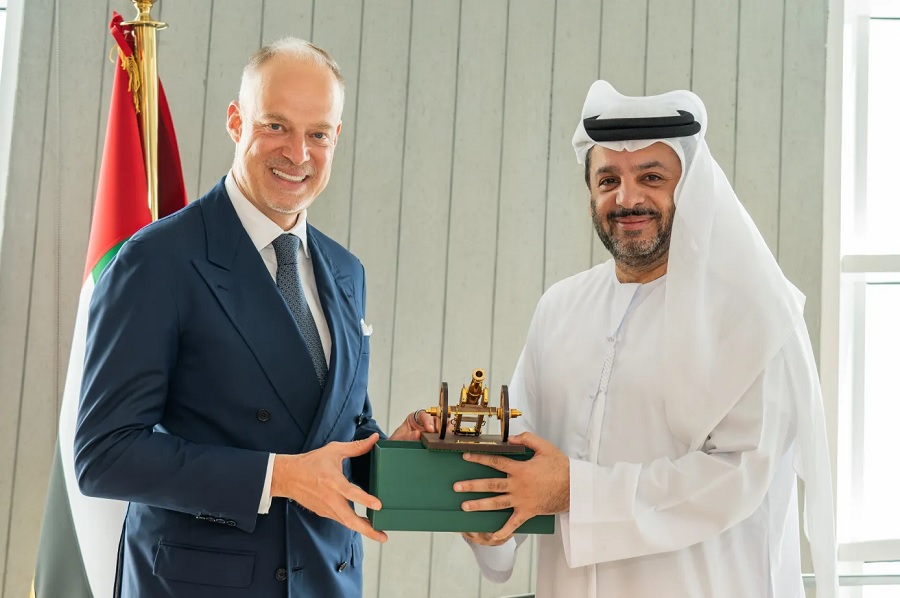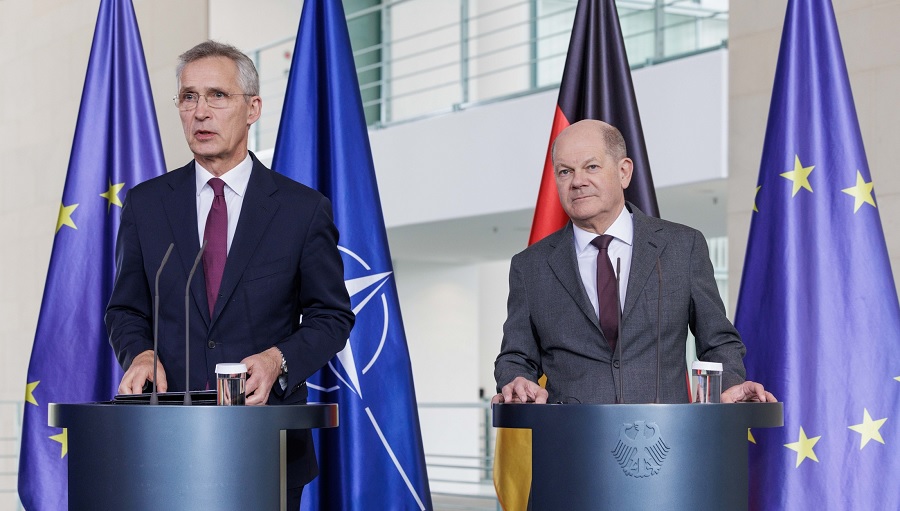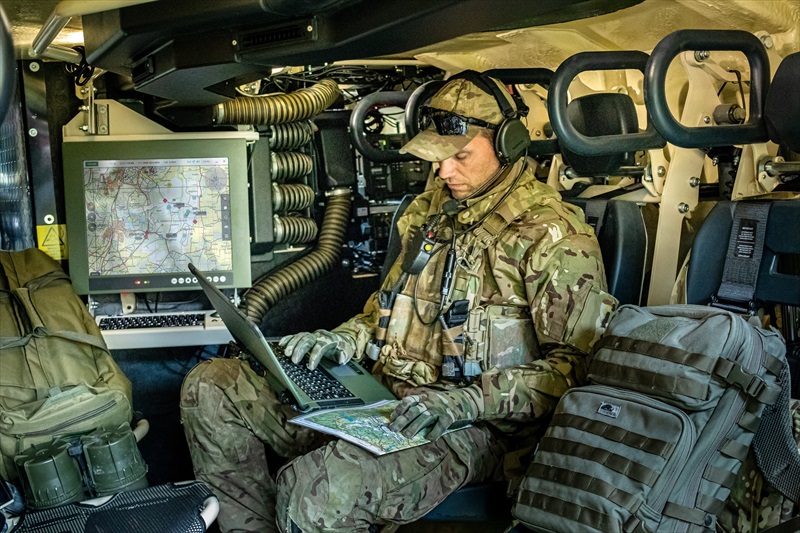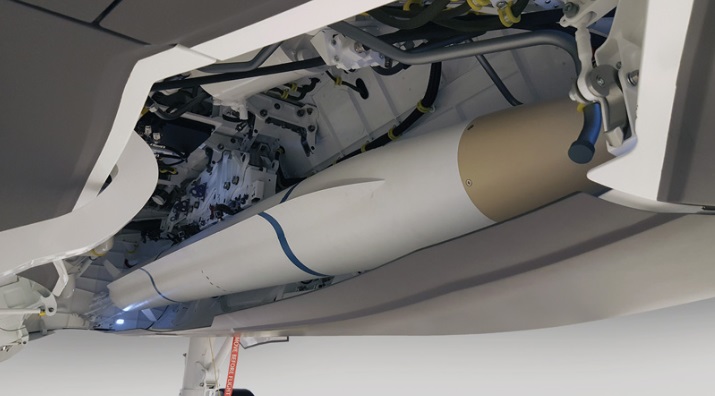The Opportunistic eXtemporarY 5G Encrypted Network (OXYGEN) capability is being developed under a contract with the Office of the Undersecretary of Defense for Research and Engineering’s (OUSD (R&E)’s) FutureG and 5G Office with a potential value of USD 6.6 million over two years. It aims to connect a minimum of 20 pieces of user equipment by taking advantage of 5G’s sidelink technology, while securely enabling the transmission of data at 100 Mbps.
“Our warfighters use existing infrastructure like roads and bridges when they’re forward deployed now,” said Dr. Daniel Massey, program lead for the FutureG & 5G Office’s Operate Through team. “Why shouldn’t we use existing communications infrastructure as well? Access to a 5G MANET allows us to move from single-digit megabit per second individual data sharing, for ground soldiers to 100 times more throughput, which will enable sharing more high-resolution video and imagery.”
Piggybacking sensitive information over commercial infrastructure requires additional layers of security and mesh networking on top of relay links. This allows for multicast traffic instead of simple peer-to-peer communication.
“OXYGEN will enhance commercial cellular equipment to ensure a fully trusted and secure tactical MANET capability,” said Chris Vander Valk, research engineer at Raytheon BBN. “We’re using techniques like cryptographic scrambling, encryption of control and data traffic and secure memory compartmentalization to achieve this.”
The Raytheon BBN-led team includes Kryptowire LLC, Novowi LLC and Curated Networks, Inc. Work on the program is being performed in Cambridge, Massachusetts; McLean, Virginia; Brookline, Massachusetts; and Santa Cruz, California.


